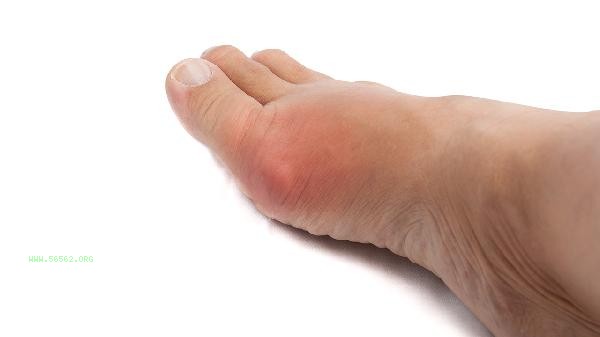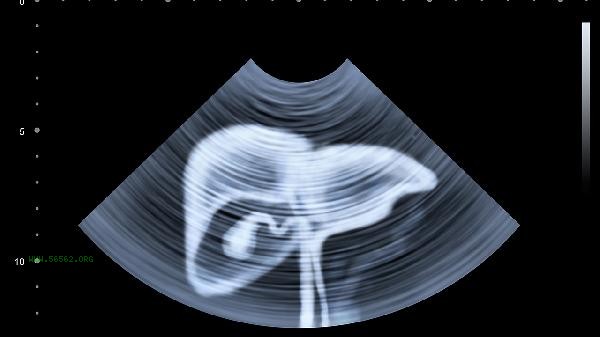The determination of abdominal muscle strain or swelling can be distinguished by pain characteristics, tactile differences, and degree of restricted movement. Muscle strains are usually accompanied by sudden sharp pain and local tenderness, and swelling is often manifested as diffuse swelling and tightness of the skin. A comprehensive evaluation should be conducted based on physical examination and imaging results.

1. Pain characteristics
Muscle strain pain is often sudden sharp stabbing pain during exercise, aggravated by coughing or twisting the body, and the pain points are relatively limited. Swelling pain often presents as persistent dull pain or swelling pain, with a wide range and may be accompanied by a feeling of skin fever. The pain reaches its peak within 24 hours after pulling, and the swelling and pain gradually worsen over time.
2. Difference in tactile sensation
When touching the pulled area, the depression or hard lump formed by the rupture of muscle fibers can be felt, and there are clear pain points when pressing. The swollen area appears as a dough like texture on palpation, with temporary depression after pressing, possibly accompanied by wave like sensation. Deep muscle strains may touch cord like contracted tissue, and swelling is often accompanied by increased skin tension.
3. Limited mobility
Muscle strains can cause specific movement disorders, such as difficulty in doing sit ups when the rectus abdominis muscle is pulled, and limited rotation of the trunk when the oblique abdominis muscle is pulled. The movement disorders caused by swelling are mostly a decrease in the amplitude of full abdominal movement, and pain relief during passive stretching. Patients with strains experience increased pain during resistance testing, while those with swelling show no significant changes.

4. Appearance changes
subcutaneous bruising may occur in the early stages of strain, and gradually appear as purple red bruising after 48 hours. Swelling is manifested as bulging of the abdominal contour, and in severe cases, the skin may appear shiny. In the later stage of muscle strain, local muscle atrophy may occur, and long-term swelling can lead to orange peel like changes in the skin.
5. Accompanying Symptoms
Simple muscle strains usually do not have systemic symptoms, and severe swelling may cause reactions such as low-grade fever and nausea. Muscle fiber tearing after strain can lead to an increase in creatine kinase, and swelling is often accompanied by abnormal inflammatory indicators. Swelling caused by visceral problems may be accompanied by abnormal bowel movements or changes in urine output.

It is recommended to immediately stop exercising and apply ice after injury, and avoid hot compress or massage within 48 hours. Can be worn with abdominal straps for support, but should not be too tight. Use pillows to elevate the lower limbs during sleep to promote reflux. Pay attention to supplementing high-quality protein and vitamin C in diet to promote repair and avoid high salt foods exacerbating edema. If there is persistent fever, difficulty breathing, or rectal bleeding, immediate medical attention is required. During the daily recovery period, abdominal breathing training can be performed to assist in functional reconstruction.








Comments (0)
Leave a Comment
No comments yet
Be the first to share your thoughts!